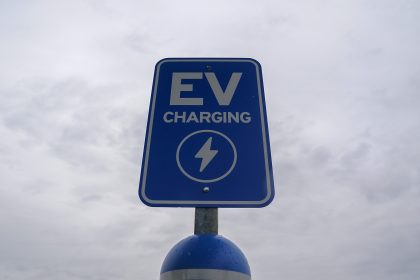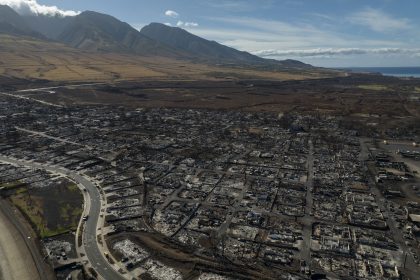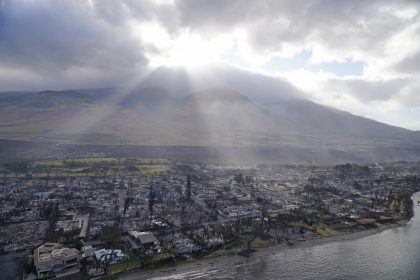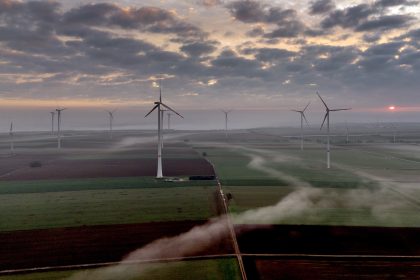Federal Agencies Release Plans For Adapting to Global Warming

WASHINGTON — More than 20 federal agencies released their plans Thursday to adapt to climate change in response to an order from President Joe Biden.
The plans explain how they will maintain the continuity of government service despite rising temperatures that will strain their personnel, buildings and equipment.
“By taking action now to better manage and mitigate climate risks, we will minimize disruptions to federal operations, assets and programs while creating safer working conditions for employees,” a White House fact sheet said.
Last year was one the three warmest in recorded history, largely because of carbon dioxide concentrations that reached the highest levels in the past 800,000 years, according to the National Oceanic and Atmospheric Administration. The United States endured a record-breaking 22 natural disasters that caused at least $1 billion in damage.
The plans propose strategies based on the unique challenges of each agency, such as the departments of Defense, Agriculture, Transportation, Energy and Health and Human Services.
The Defense Department, for example, considers how changing climate could generate new conflicts, such as fighting over fresh water and other scarce resources.
“Climate change will continue to amplify operational demands on the force, degrade installations and infrastructure, increase health risks to our service members, and could require modifications to existing and planned equipment,” the DOD plan says.
In one scenario, military power grids could become overburdened by demands for cooling and electrical lines could degrade from extreme heat. Their environmental sensitivity also could make the grids more susceptible to attack by adversaries.
As a result, military planners say they will need more forward-looking strategies and new equipment to anticipate problems.
“The use of new sensing and data analytics requires updated capability to understand military operations and needs in future climates, as well as potentially unforeseen scenarios,” the plan says.
The Transportation Department plan described how hotter temperatures will make construction and maintenance of roadways, transit and other systems more dangerous. It also looked at how commuting could become more hazardous.
Its plan emphasizes a technological approach that also protects the environment and disadvantaged persons.
“Adaptation and resilience strategies will be grounded in the best-available scientific understanding of climate change risks, impacts, and vulnerabilities,” the DOT plan says.
The Agriculture Department sees itself as one of the most vulnerable sectors to climate change.
“As evidenced by the historic drought in the western United States, vast wildfires and soaring temperatures across the country, climate change is already on our doorstep, and America’s [agricultural] producers are on the front lines,” its plan says.
Its adaptation strategies would include enhanced forest fire monitoring, protecting nutrients in tillable soil and more efficient use and storage of water.
The Energy Department plan focuses mostly on shifting to energy-efficient technology, such as rechargeable batteries for vehicles instead of combustion engines that use carbon-emitting fossil fuels.
Biden ordered the agencies to prepare the plans weeks after taking office as part of his pledge to cut U.S. greenhouse gas emissions in half by 2030. He set a goal of net-zero emissions by 2050.
“Agencies face a multitude of risks caused by climate change, including rising costs to maintain and repair damaged infrastructure from more frequent and extreme weather events, challenges to program effectiveness and readiness, and health and safety risks to federal employees who work outside,” the White House fact sheet said.
Common themes among the agency plans focus on protecting workers from extreme heat, ensuring supply chains continue to operate, assessing the disproportionate harm to disadvantaged persons and making government buildings more resilient.
One of the most innovative strategies came from the Centers for Disease Control and Prevention which provides a “Heat and Health Tracker” on its website that allows each U.S. county to determine its own health risk from heat. The victims often suffer heat stroke, cardiovascular disease and respiratory illness.
“Each year, an average of 9,235 people are hospitalized due to heat,” the CDC website says. An average of 702 people in the United States die from heat-related illness annually.

























